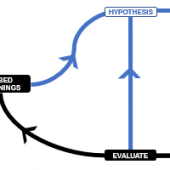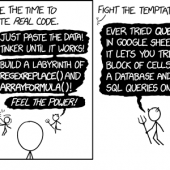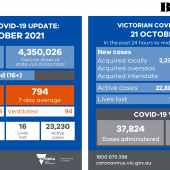Have you heard of the RPV (Resources, Processes and Values) framework?
Perhaps attributed to his beautiful delivery, the late Clayton Christensen‘s explanation of such framework in the “How will you measure your life?” book he co-authored with James Allworth and Karen Dillon, is stuck in my head.
“The Greek Tragedy of Outsourcing” section in chapter seven unpacked the tale of Dell and Asus. In the quest of maximising RoNA (Return of Net Assets), over the course of ~20 years, Dell accepted Asus’ sequential offers to pick up its’ lower value-adding activities. Eventually, in 2005, Asus announced creation of its own brand of computers and took over the consumer market from Dell. Dell’s saving grace was it’s successful move to higher profit server business.
But – what does the above has to do with Resources, Processes and Values framework?
For a company to do well by the shareholders’ standard, there is a big push for efficiency and RoNA is one of the common metrics used as its measure. Note, this metric does not mention increased customer value.
When Dell outsourced its lower value-adding activities, it increased its RoNA by removing the manufacturing assets required to perform those activities (i.e. decreasing the denominator for RoNA) as well as increasing the profit (numerator for RoNA) as Asus offered to do those activities at a lower cost. At the same time, Dell also added these lower value-adding activities to the company’s disabilities set (or, removed the Processes to perform these lower value-adding activities from the company’s capabilities set).
The “Meeting the Challenge of Disruptive Change” HBR article elaborates on this extensively.
‘A business that makes nothing but money is a poor business.’
Henry Ford
Organisations today recognised the potential of knowing more, of being data driven. Many set up heavyweight areas with the intention to propagate Data skills, not dissimilar to the “Creating New Capabilities Internally” approach outlined in the above HBR article. Often, this involves acquiring capabilities in the form of Resources (e.g. buying technology, consultants, trainings). Yet, few succeed in tapping into the “gold mine like” potential from being a data driven organisation.
Learning about RPV and of the Dell and Asus’ tale made me wonder — what are the missed opportunities in the Processes and Values that would significantly improve organisations’ chance of successful transformation towards being data driven? When it comes to data, which RPV investments are non-negotiable, and which could actually be detrimental to its progress?




